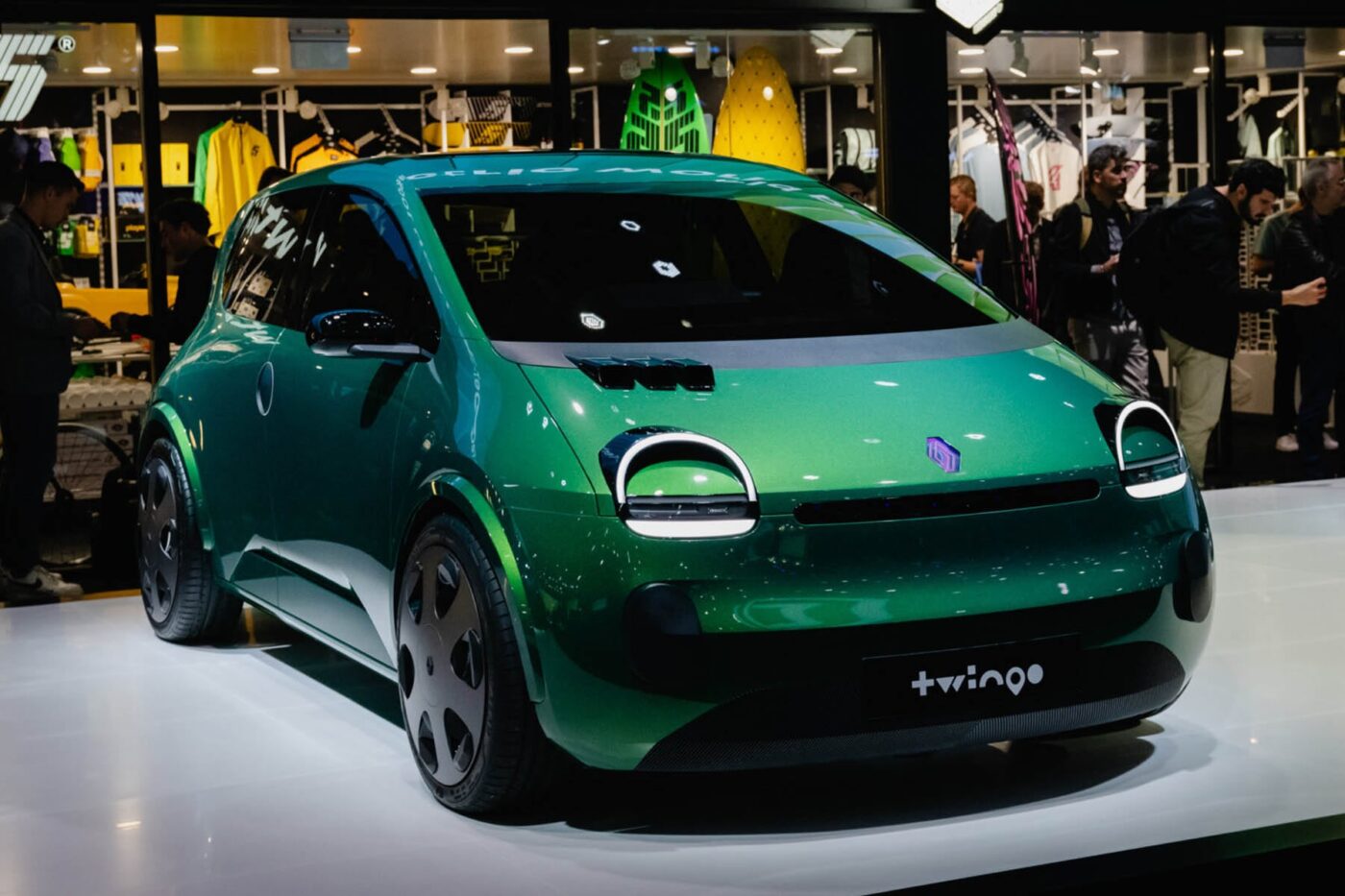Nissan launches its own version of the electric Renault Twingo
As Renault writes in a press release on the first birthday of its electric car subsidiary Ampere, Nissan has asked Ampere for support in the development of its next A-segment electric car following an initial successful technical collaboration – the Micra successor with the technology of the Renault 5. The Renault model under development for this is the Twingo, the concept of which was exhibited for the first time a few weeks ago at the Paris Motor Show.
Nissan is currently not represented in the A or B segment in Europe (regardless of the drive type). The smallest model is currently the Juke crossover. With the offshoots of the Renault models Twingo for the A-segment and Renault 5 for the B-segment, Nissan will therefore serve these two size classes purely electrically.
The adaptation of the Renault models is also in line with the agreement on the realignment of the Renault, Nissan and Mitsubishi manufacturer alliance, which was finalised at the beginning of 2023. According to this agreement, developments in a region will not be driven forward in parallel, but one brand will take the lead (Renault in Europe) and the other alliance partners will be able to capitalise on this. As reported, Nissan is moving closer together with its Japanese competitor Honda and alliance partner Mitsubishi in the global development of electric cars.
There are not yet many details about the upcoming small electric car. Ampere has only announced that Nissan will “benefit from newly introduced ground-breaking processes, Ampere’s cost-cutting strategy and reduced development time.” The newly established Advanced China Development Centre will also contribute to the faster development of electric cars.
The second Nissan order is very important for Ampere. This is because the company, which was spun off a year ago, wants to act not only as a Renault subsidiary, but also as a “tech platform for major brands.” This also officially includes Alpine, even though it is a large brand but a rather small manufacturer within the Renault Group. The upcoming Alpine A390, for which the concept was presented in October, also incorporates Ampere technology.
Incidentally, the press release for the first birthday also mentions that lithium iron phosphate battery technology has been successfully integrated into the vehicles within 18 months. Renault only officially opened up to LFP batteries in July, announcing partnerships with LG Energy Solution and CATL at the time. It is also confirmed that the LFP batteries will be based on cell-to-pack technology – the step to cell-to-chassis is currently under development. The Renault Twingo – and thus also the Nissan offshoot – is considered a candidate for the use of LFP batteries from 2026.
According to Ampere, it is preparing the next technological leap by 2028 – with cobalt-free batteries. “By 2028, Ampere will be ready to deliver the next technology leap in chemistry with cobalt-free batteries, gathering the energy density of the NCM, the cost and safety of LFP, and less than 15-min charge,” the company announced. “It foreshadows our objective to double around 2030 the energy density of NCM thanks to a cobalt-free cathode and a Li-Metal anode applied to a structural Solid State Battery.”





0 Comments